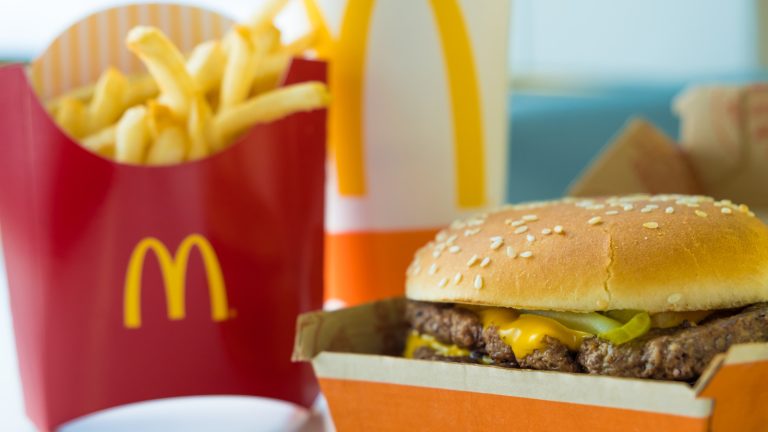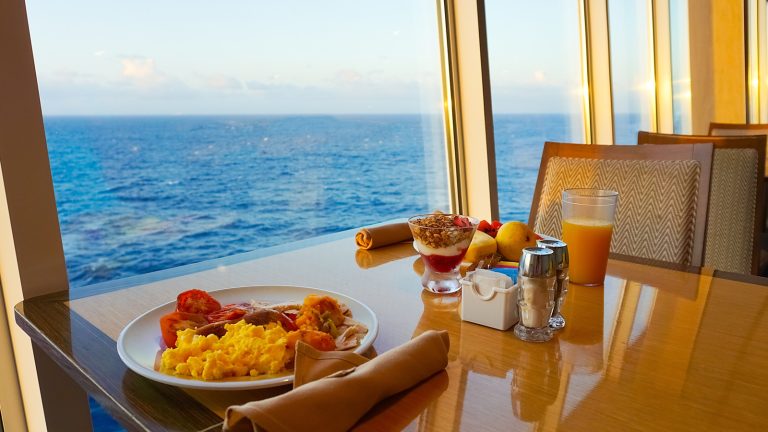As one of the five basic tastes, and one of cooking’s most ubiquitous seasonings, salt is a crucially important component to consider in your culinary exploration. “Salt can work at any stage of cooking,” food scientist Alton Brown once told the Twin Cities Pioneer Press, “brining, marinating, seasoning, all the way to the finishing touches.” However, in Brown’s eyes, not all salt is created equally. “There is a point where salt becomes a gimmick,” Brown said, “like when colors are involved. Hawaiian red is just dirty salt.”
Being such a high-profile yet everyday ingredient means a few things for salt: Its quality can often get overlooked by home cooks, but it also garners a lot of attention from people who study food — and from those who sell it. Businesses want to offer a special product; home cooks want to develop unique tastes. Thus, trendy types of salt are born into the market, even if they aren’t always better. That’s Brown’s sticking point: Some salt has developed a reputation as being superior in taste, more useful for cooking, and in some cases, like with Himalayan pink salt, better nutritionally — even if the reputation isn’t actually true.
A widely known proponent of Diamond Crystal kosher, Alton Brown’s opinion on preferred ingredients should perhaps be taken with a grain of salt. Still, he’s mostly right. The color of salt doesn’t inherently correlate to quality. Though there is a clear line drawn in the metaphorical sand as to which type of salt Alton Brown recommends (and which he doesn’t), in this case, it seems to come down to how it’s made.
What is Hawaiian red salt?
Hawaiian red salt, also called alaea salt, is a type of mineral that’s native to Hawaiian cuisine. It’s customarily been used to preserve fish and octopus, but has also been flexed in poke, Hawaiian forms of jerky called pipikaula, and kalua barbecue. It’s harvested much in the way that table sea salt is: Salt water collects in low ponds, the minerals are concentrated via evaporation, then the ever-important salt harvest is left behind to be raked and dried.
Afterwards, a unique step is taken. The white salt is mixed with alaea clay from the Waimea mountains. The volcanic ash contains iron oxide, contributing to the red color. Native Hawaiians attribute this infusion of red volcanic clay with healing and spiritual power. Despite being mixed with earthen material, the salt is safe to consume.
Apart from the spiritual and ritualistic characteristics given to Hawaiian red salt, the introduction of volcanic clay leads some producers to claim that the salt has a higher concentration of trace minerals. Scientific evidence of this is sparse. That said, as a finishing salt, Hawaiian red does offer a crunch that imparts the impression of giving something extra to your food.
In Mark Bitterman’s James Beard-winning book, “Salted: A Manifesto on the World’s Most Essential Mineral,” the assertion is made that most alaea salt comes from California these days. However, Hawaii does still produces alaea salt, such as in Hanapepe, on the island of Kaua’i, where this process still happens regularly. True Hawaiian salt will be pricier than its competitors.






